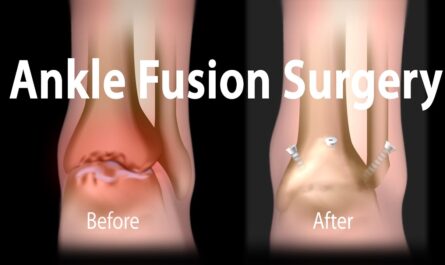
Introduction
Photodynamic therapy (PDT) is a type of cancer treatment that uses light to activate a photosensitizing drug that has been administered to the patient. When activated by light of a specific wavelength that matches the photosensitizer’s absorption spectrum, the photosensitizer generates reactive oxygen species (such as singlet oxygen and free radicals) that are toxic to cells and may induce tumor cell death. Originally proposed as a cancer treatment in the early 1900s, PDT has gained greater clinical use in the past few decades and shown promise as an effective treatment for various cancers.
Mechanism of Action
Photodynamic therapy PDT utilizes three main components – a photosensitizing drug, light, and oxygen – to generate cytotoxic effects in targeted cells and tissues. The photosensitizing drug is administered either intravenously or applied topically and has an affinity for tumor cells. After a defined period of time allowing accumulation in tumor tissue, the photosensitizer-containing areas are exposed to visible light at wavelengths corresponding to the photosensitizer’s absorption spectrum. This light activation of the photosensitizer generates reactive oxygen species within the illuminated areas. Oxygen is also required, as the excited photosensitizer reacts with surrounding oxygen to produce cytotoxic reactive species like singlet oxygen. These oxygen metabolites can then induce cell death in tumors or other diseased tissues through localized oxidative damage to cellular components such as lipids, proteins and DNA.
Potential Advantages over other Treatment Modalities
PDT offers several potential advantages compared to traditional cancer therapies such as chemotherapy, radiation therapy or surgery. As it relies on the combination of a photosensitizing drug, light, and tissue oxygen, it allows for targeted and spatially controlled tumor treatment. Only cancerous or diseased tissues that are exposed to light will be affected, avoiding damage to surrounding healthy tissues that remain unexposed. Additionally, multiple treatments can be administered since there are minimal side effects and no cumulative toxicity issues. PDT also does not induce drug resistance like chemotherapy and radiation therapy. It can be used to treat tumors on surfaces or in body cavities that are accessible by fiber optic light delivery methods. For certain cancers, combining PDT with other treatments may provide improved outcomes. Overall, PDT is a non-invasive or minimally invasive treatment option for cancers in their early stages or as an adjuvant to other standard therapies.
Approved Clinical Applications
Over the past few decades, PDT has gained regulatory approval and clinical acceptance for the treatment of several types of cancers. One of the earliest and most widespread uses is for non-melanoma skin cancers including actinic keratosis, basal cell carcinoma, and squamous cell carcinoma. PDT has shown superior cosmetic results and comparable cure rates compared to surgical excision for these conditions. It is also an approved adjuvant treatment to increase cure rates after surgical resection of non-small cell lung cancer. Other approved uses include certain pre-cancerous Barrett’s esophagus lesions, early stage esophageal cancer, and non-muscle-invasive bladder cancer. PDT is also commonly used for macular degeneration and some non-cancerous conditions. Ongoing research aims to expand its application to treat cancers in other organs.
Ongoing Research and Future Potential
While current clinical uses are well established, active research continues to optimize PDT effectiveness and broaden its applications. Areas of focus include developing new photosensitizing drugs with improved absorption/emission properties, greater tumor selectivity, and deeper light penetration abilities. Combination therapies that incorporate PDT with chemotherapy, targeted drugs or immunotherapy show promise to improve treatment outcomes. Methods to more accurately monitor and control light dosimetry during treatments aim to maximize tumor damage while avoiding overexposure of healthy tissues. Adapting PDT for endoscopic or interstitial light delivery allows internal organ cancers to be targeted. Pre-clinical and early stage clinical studies also evaluate PDT for treating cancers of the brain, oral cavity, breast, prostate, and recurring or treatment-resistant tumors. If ongoing research enhances effectiveness and overcomes current limitations, PDT may potentially be used to treat a wider variety of cancers either alone or in multi-modality treatment regimens. With further technical refinements and clinical validation, it holds promise as a valuable cancer therapy for the future.
Conclusion
In summary, PDT utilizes light-activated photosensitizing drugs to generate reactive oxygen species for localized tumor destruction. It offers potential advantages over conventional therapies through its minimally invasive, spatially targeted nature with fewer adverse side effects. Approved clinical uses are well established for non-melanoma skin cancers and pre-cancers, as well as some internal cancers accessed by endoscopy. Active research aims to expand PDT applications by enhancing photosensitizers, light delivery techniques, and combination regimens. With continued optimization and validation from clinical studies, PDT may play an increasing role as an effective cancer treatment modality.
*Note:
- Source: Coherent Market Insights, Public sources, Desk research
- We have leveraged AI tools to mine information and compile it



